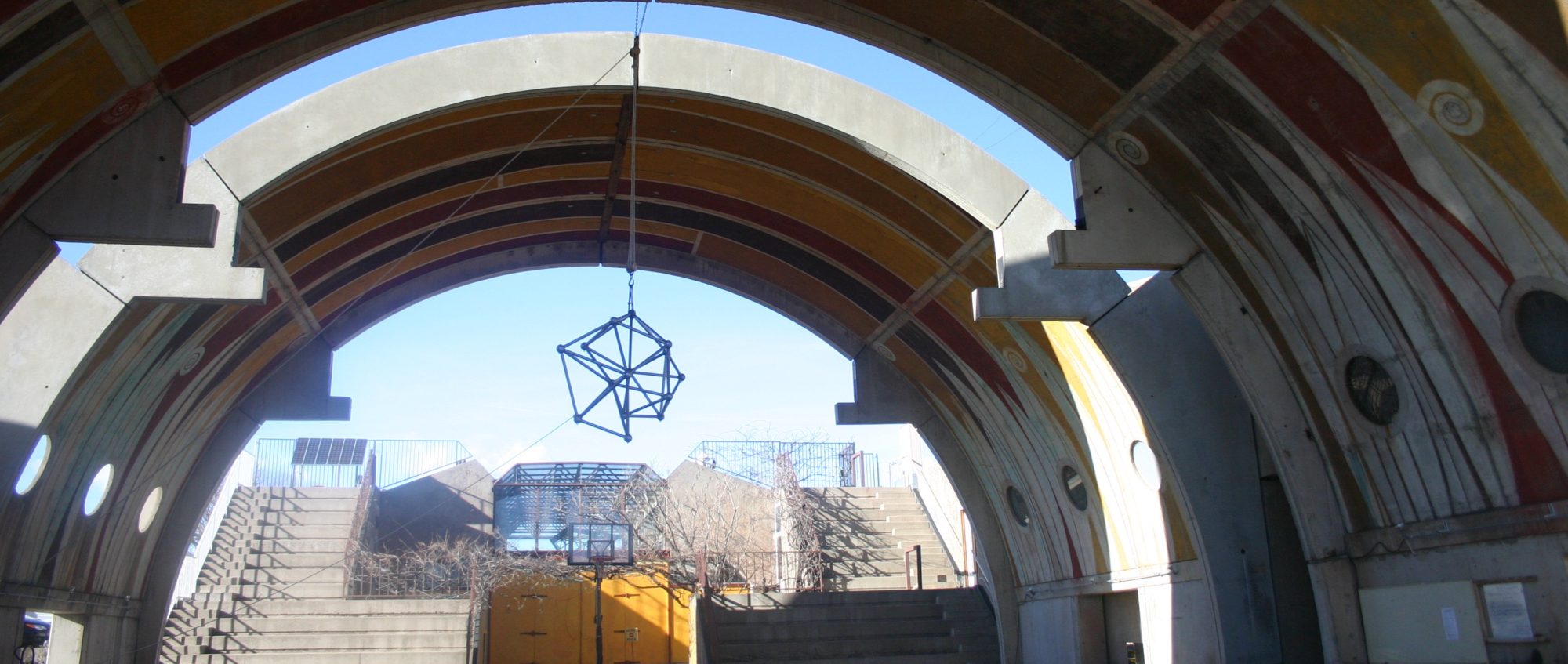This wonderful gouache by Franz Marc is only one of the ~1,400 artworks found in a Munich apartment among piles of garbage which has me thinking about a few films related to this story. I have three in particular in mind: a “based on” drama from 1964, a documentary from 2006 and a soon-to-be released “based on”.
The Train, 1964, directed by John Frankenheimer is based on the non-fiction Le front de l’art by Rose Valland, art historian at the Galerie nationale du Jeu de Paume, who documented works looted by the Germans from museums and private art collections in France. Beautifully done in black & white this film opens quietly yet dramatically during the credit sequence panning across packing crates stenciled with these names: GAUGUIN, RENOIR, VAN GOGH, MANET, PICASSO, DEGAS, MIRO, CEZANNE, MATISSE, BRAQUE, SEURAT, UTRILLO. Plenty of action, this film has been rated #1 of the 100 best train films. Frankenheimer used long tracking shots and real trains, including for the dramatic train crash and derailment. Lancaster and Rémy performed their own stunts. Even if you aren’t interested in the story of the stolen art I recommend this based on the action, suspense, cinematography and train sequences. The story of the art though is the bonus for me. This is an easy one for me to re-watch.
The Rape of Europa, 2006, co-directed by Richard Berge, Bonnie Cohen and Nicole Newnham based on the documentary book of the same title by Lynn H. Nicholas. This documentary tells the story of 12 years of Nazi looting and destruction of art across seven countries, including sad looks at the complicity of art dealers. The movie also covers heroic efforts by local resistance and allied men and women, such as The Monuments, Fine Arts and Archives Program, to save not-yet-taken art, recover and restore looted art to its original museums, galleries and owners or heirs of original owners. The efforts to restore this art are still ongoing today, emphasized by the most recent huge find in the Gurlitt apartment in Munich. This documentary flows well, contains a wealth of footage and interesting aspects of the men and women of the military in “The Monuments” program. Accounts of countermanding bombing orders to save priceless works of art and how difficult this was for soldiers in the heat of battle, who may have just lost a best friend, to fathom and obey are thought-provoking. This documentary is full of drama and tells a little-known but very human part of the story of WWII. One can extrapolate to what the losses have been in other wars before and since and how much art and culture has been lost. This is another film that I would see again.
This brings me to the third movie that I anxiously await, soon-to-be released The Monuments Men, directed by George Clooney and based on the book The Monuments Men: Allied Heroes, Nazi Thieves and the Greatest Treasure Hunt in History by Robert M. Edsel, the story of the Monuments, Fine Arts, and Archives program. The film will focus on seven of the directors, curators and art historians who went into Germany during the final stages of WWII to rescue and restore looted art. Heroic, important and dangerous work.
I’m sure there are other movies that cover this great story, but these are the ones that have been in my mind since the recent announcements out of Germany about this latest cache of art. Some of these pieces were thought to be lost forever, some unknown, but all important works.
This self-portrait of Otto Dix is a wonderful example of previously unknown work discovered in the Gurlitt apartment.
On a side note: I would actually have liked to see two The Train’s, Arthur Penn was originally slated to direct The Train, but it was felt that his more pensive look at the French character and the role that art played such that resistance members and citizens would risk their lives for it may not be as big a box office draw as Frankenheimer’s view placing emphasis on their actions and realism of the train sequences. I am a big fan of Frankenheimer’s film; at the same time I think Penn might have made an equally moving and perhaps more “cerebral” film.
Here are some links to articles and interviews of the recent Munich find:
http://www.pbs.org/newshour/bb/entertainment/july-dec13/art2_11-06.html



